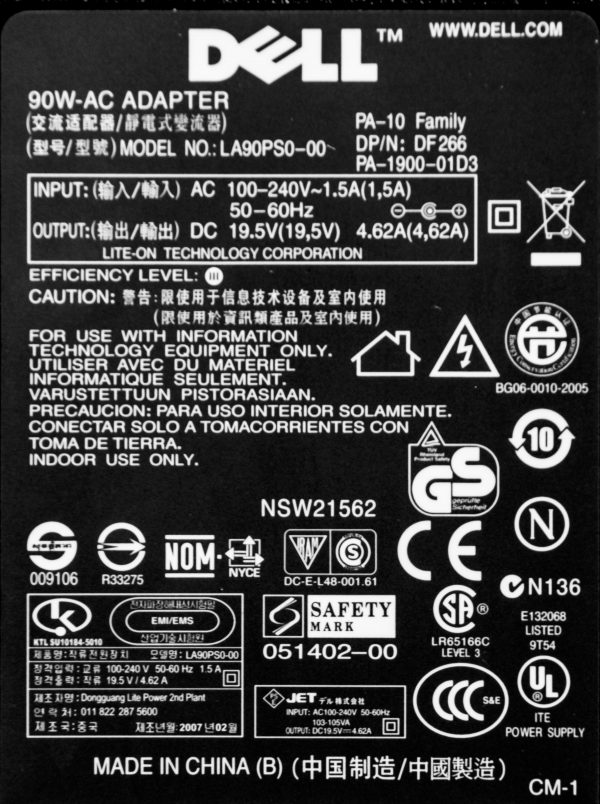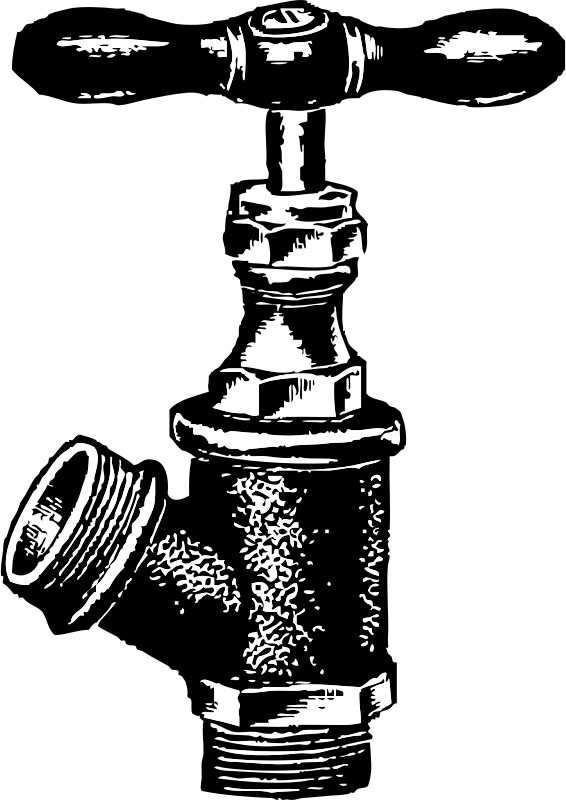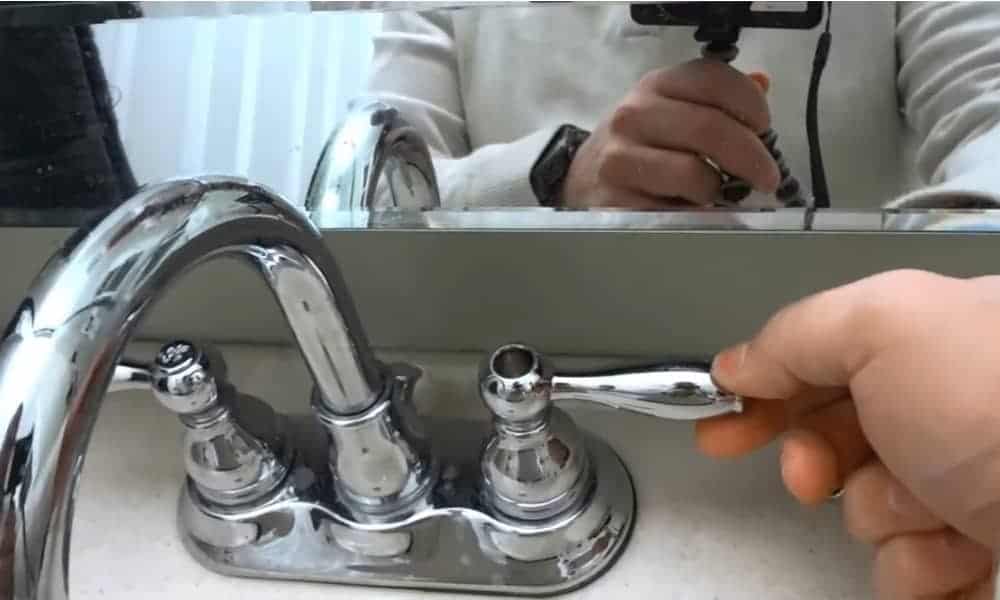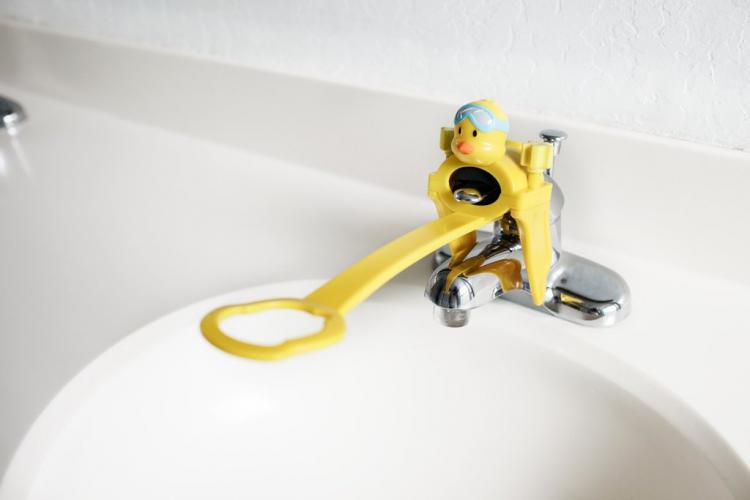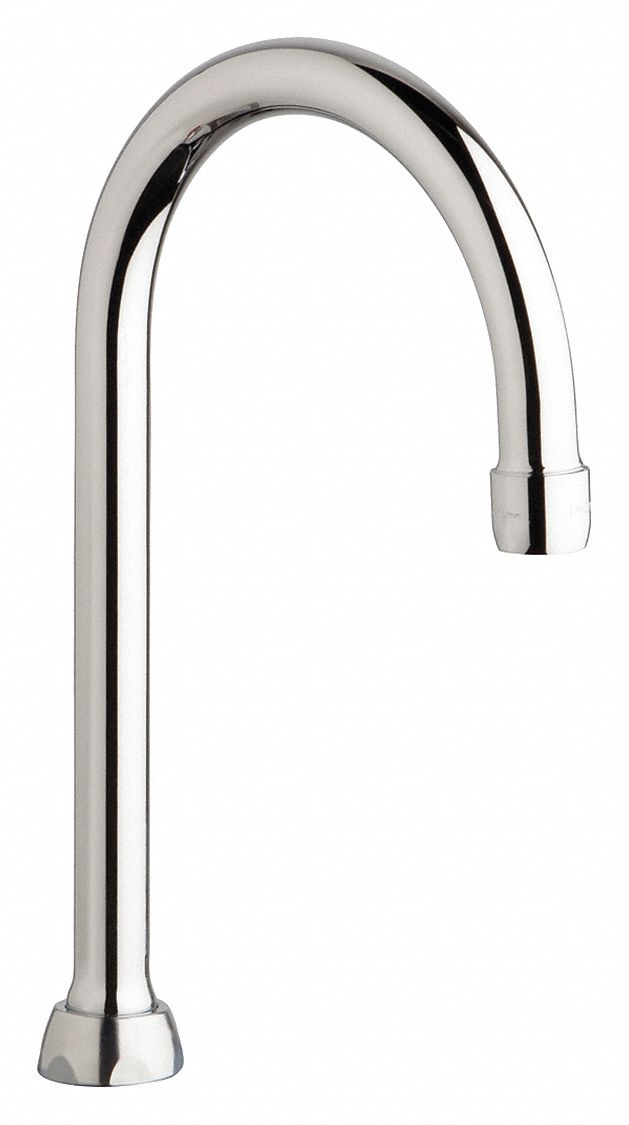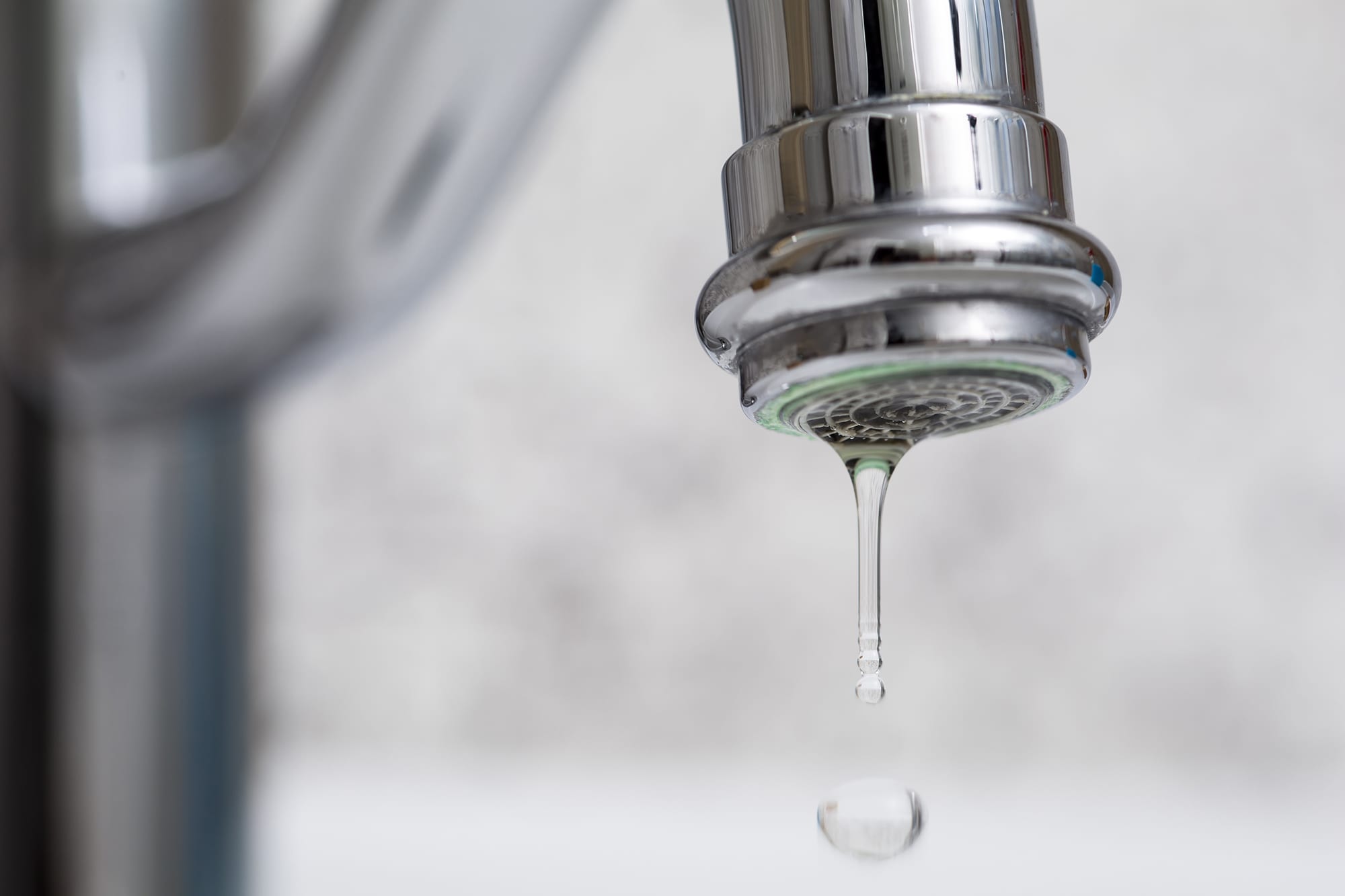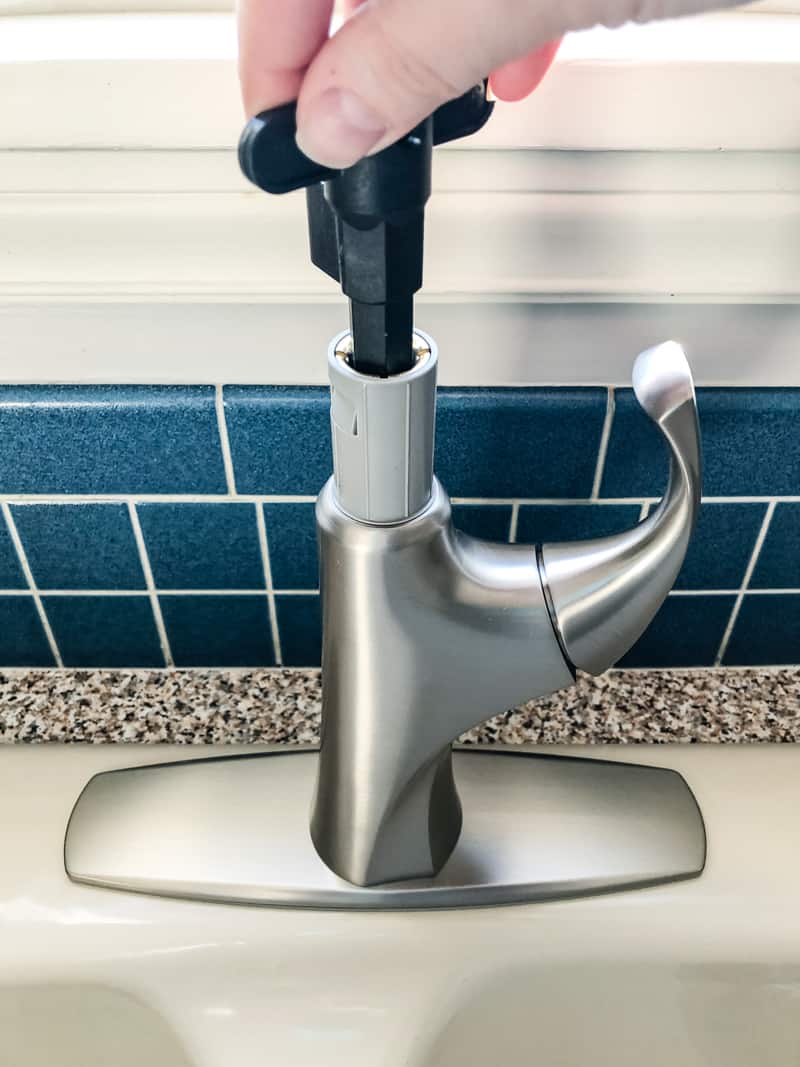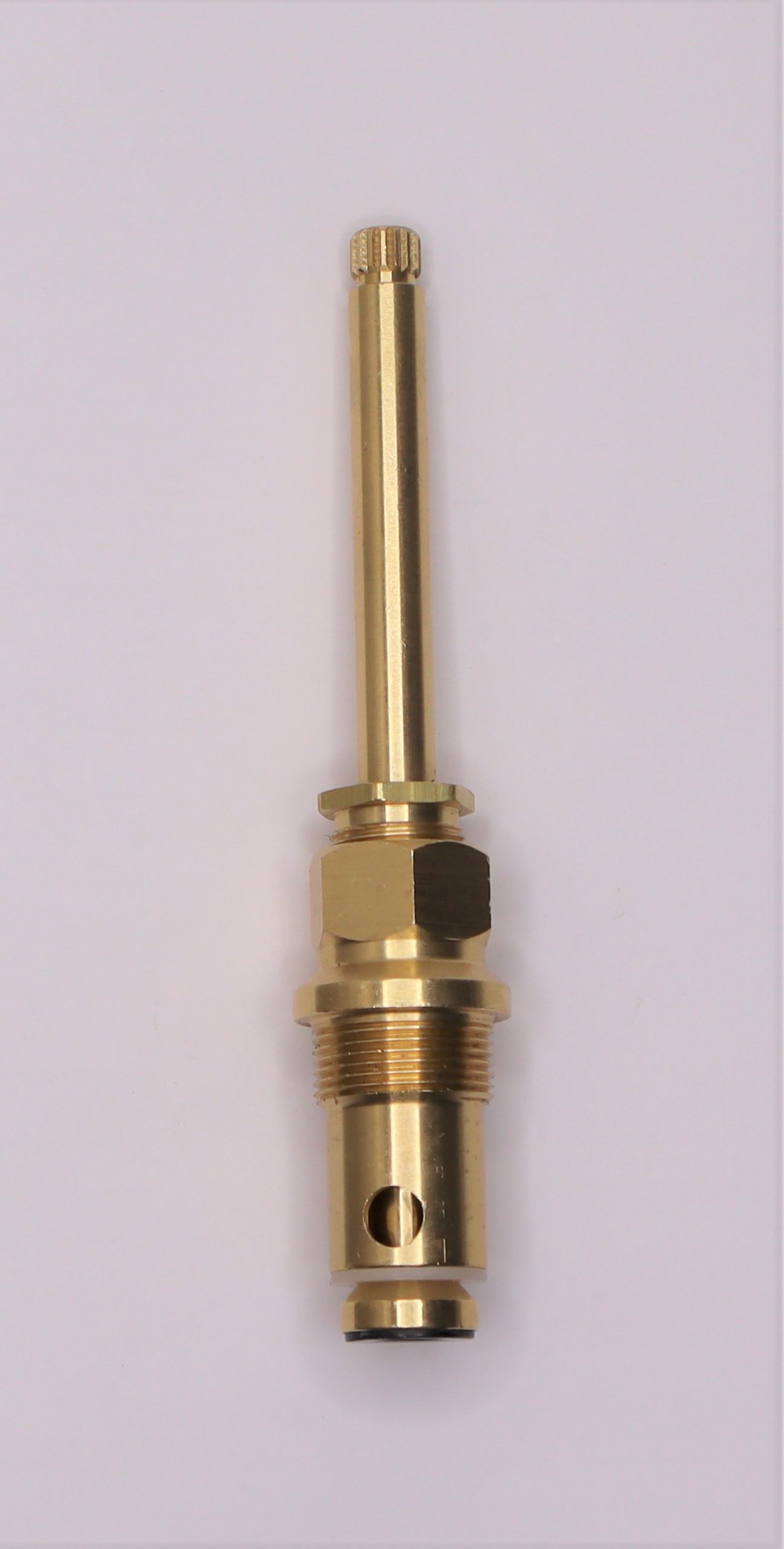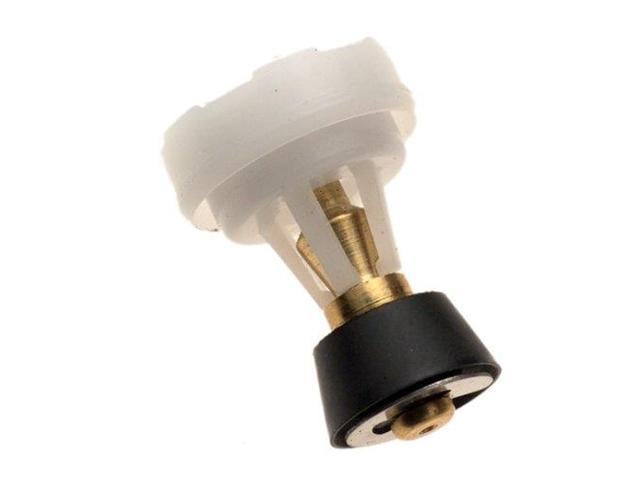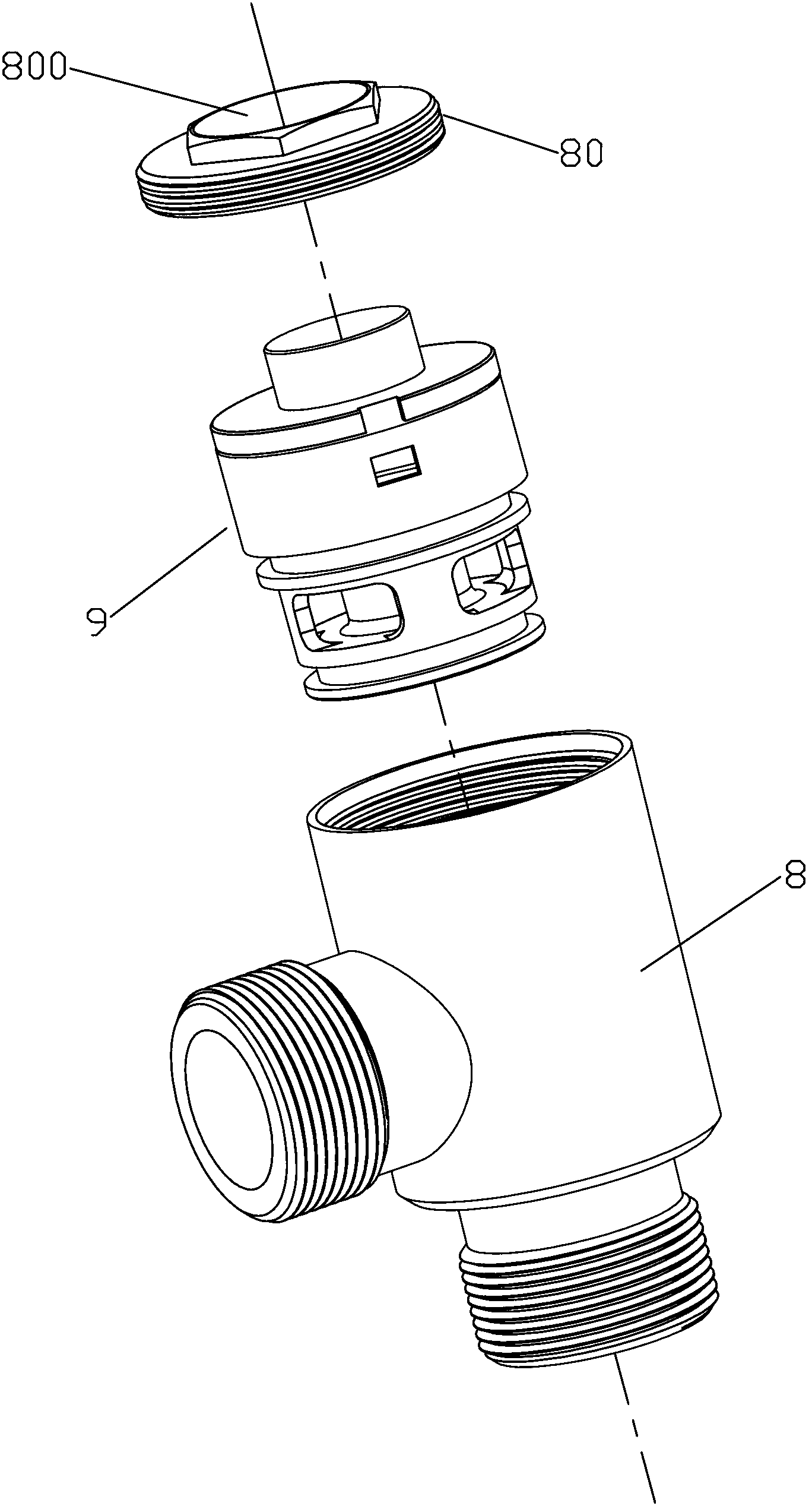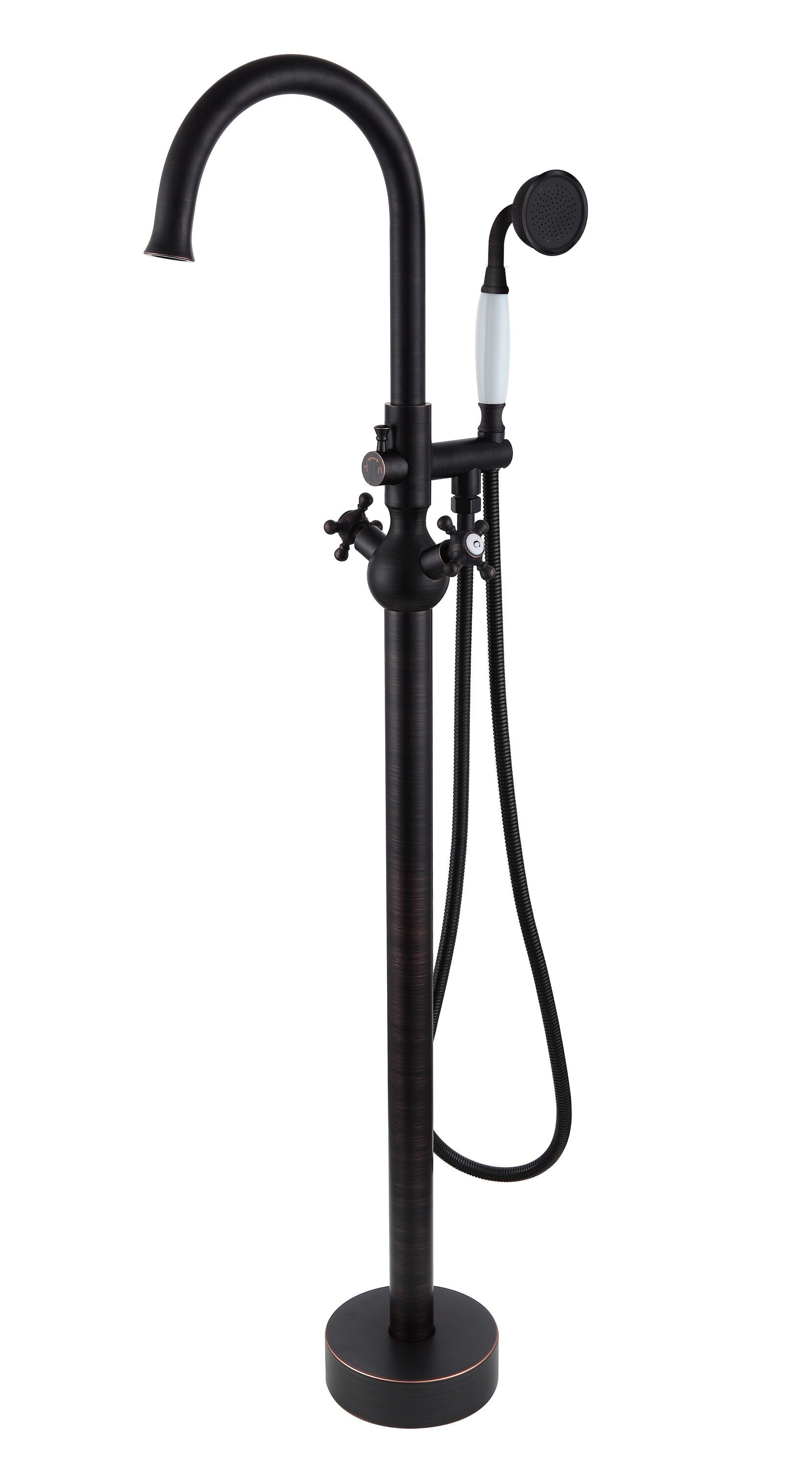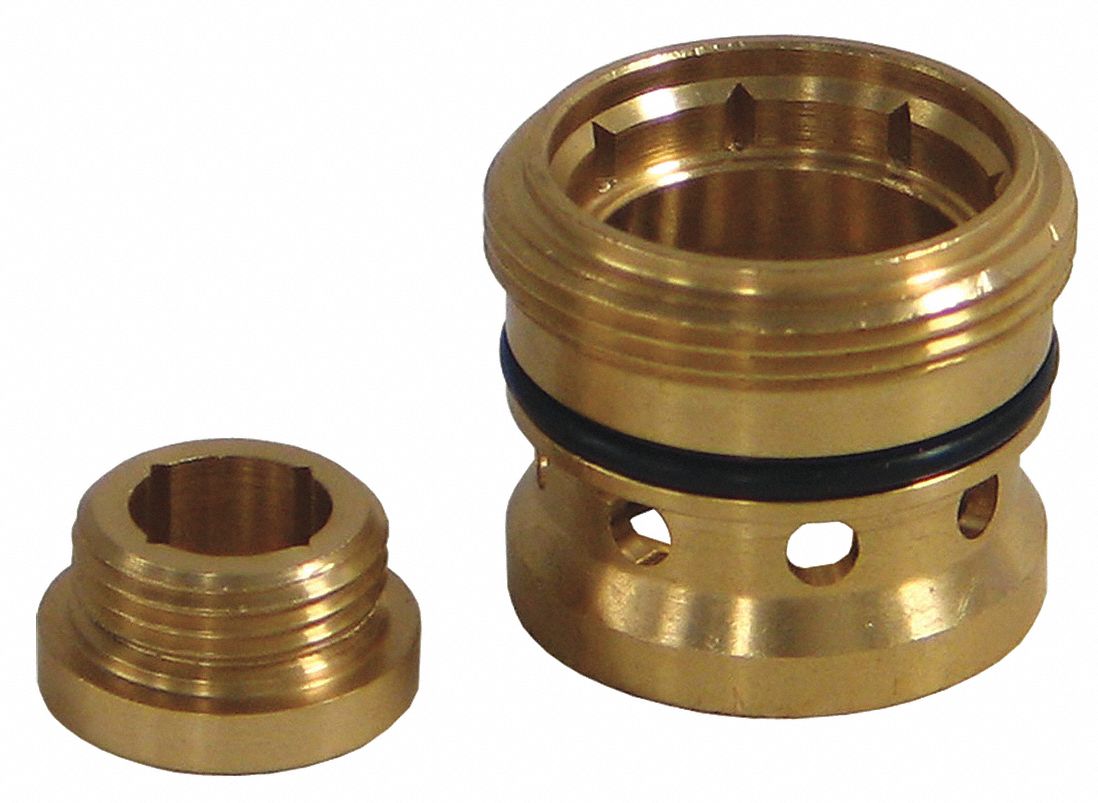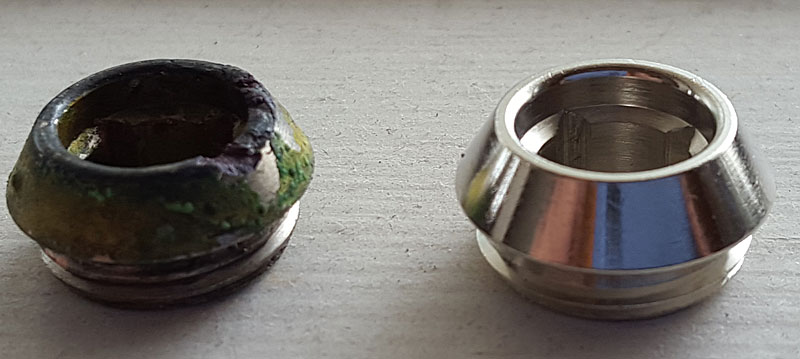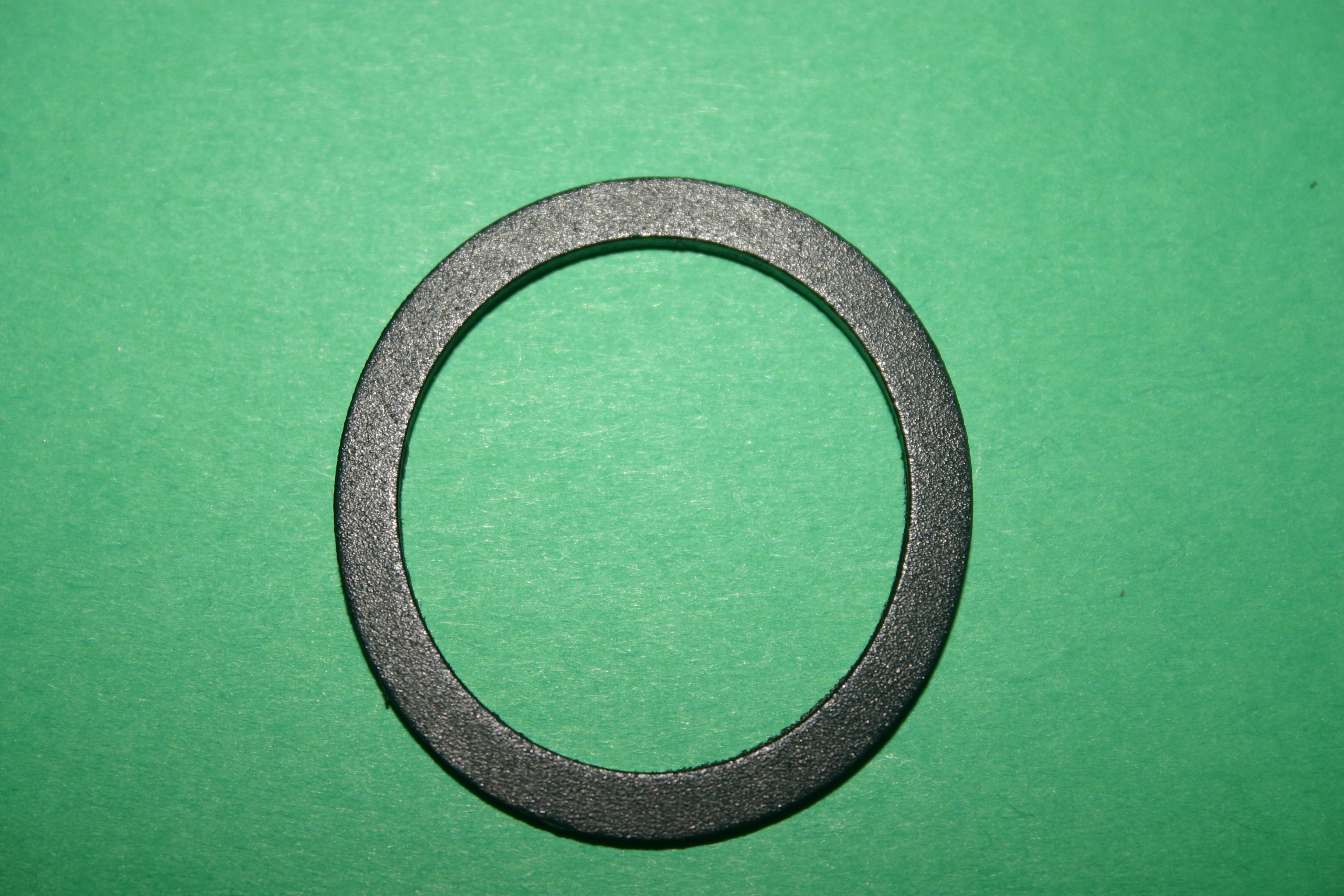If you’ve noticed a lack of water flow from your kitchen faucet, the first thing you should check is the water supply. Make sure the water supply valve under your sink is fully open. If it is, then the issue may lie with the main water supply line. Check to see if there are any leaks or damage to the line that could be causing a decrease in water flow.1. Check the water supply
The aerator is the small screen at the end of your faucet spout that helps regulate the flow of water. Over time, it can become clogged with mineral deposits and debris, obstructing the water flow. To clean the aerator, unscrew it from the spout and use a small brush or toothpick to remove any buildup. Then, rinse it with water and screw it back on.2. Check the faucet aerator
Underneath your kitchen sink, there are usually two shut-off valves that control the flow of water to the faucet. Make sure these valves are fully open and not partially closed, as this can restrict water flow. If they are damaged or corroded, they may need to be replaced.3. Check the shut-off valves
The faucet cartridge is a small device inside the faucet that controls the flow of water. If it becomes worn or damaged, it can hinder water flow. To check the cartridge, turn off the water supply and remove the faucet handle. Then, take out the cartridge and inspect it for any cracks or damage. If needed, replace it with a new one.4. Check the faucet cartridge
If the water pressure in your home is too low, it can cause a decrease in water flow from your kitchen faucet. Check the water pressure gauge on your main water supply line to see if it falls within the normal range (typically between 40-60 psi). If it is too low, you may need to contact a plumber to adjust it.5. Check the water pressure
The supply lines are the small hoses that connect the faucet to the main water supply. Over time, these lines can become damaged or clogged, leading to a decrease in water flow. Inspect the supply lines for any cracks, kinks, or buildup and replace them if necessary.6. Check the supply lines
If you have a single-handle faucet, the handle itself may be the issue. Over time, the handle can become loose or worn, making it difficult to turn and affecting water flow. Tighten any loose screws or replace the handle if needed.7. Check the faucet handle
The faucet spout is where the water flows out and can also become clogged with mineral deposits and debris. Use a small brush or toothpick to clean out any buildup and improve water flow. If the spout is damaged, it may need to be replaced.8. Check the faucet spout
The faucet diverter is a small valve inside the faucet that controls the flow of water between the faucet and the sprayer. If it becomes blocked or damaged, it can affect water flow. To check the diverter, remove the sprayer and inspect it for any buildup or damage. Clean or replace it as needed.9. Check the faucet diverter
The valve seat is the connection between the faucet and the spout. If it becomes corroded or damaged, it can affect water flow. Use a valve seat wrench to remove and inspect the valve seat. If it is damaged, it will need to be replaced to improve water flow. By following these steps and troubleshooting the potential issues with your kitchen faucet, you should be able to resolve any water flow problems. However, if the issue persists, it may be best to consult a professional plumber for further assistance.10. Check the faucet valve seat
Troubleshooting a Kitchen Sink Faucet with No Water Flow

Common Causes of a Lack of Water Flow
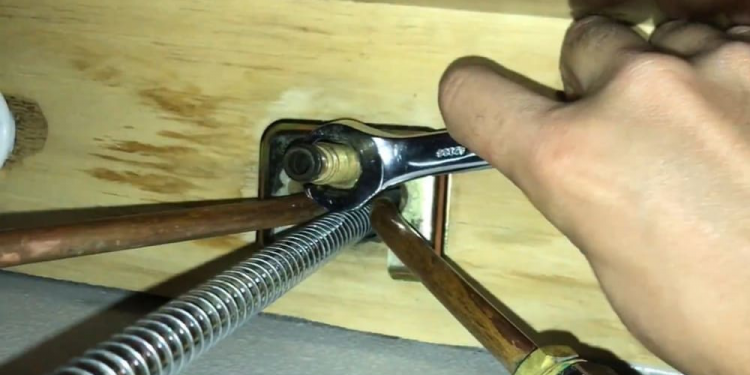 Faucet under kitchen sink no water flow
can be a frustrating problem to encounter in any household. There are several potential causes for this issue, and identifying the root cause is the first step in solving the problem. One common cause is a clogged aerator, which can easily be cleaned or replaced. Another possible issue is a malfunctioning cartridge, which may need to be replaced. In some cases, the issue may be due to a faulty water supply line or a blockage in the plumbing pipes. It is important to carefully inspect each potential cause in order to determine the best solution.
Faucet under kitchen sink no water flow
can be a frustrating problem to encounter in any household. There are several potential causes for this issue, and identifying the root cause is the first step in solving the problem. One common cause is a clogged aerator, which can easily be cleaned or replaced. Another possible issue is a malfunctioning cartridge, which may need to be replaced. In some cases, the issue may be due to a faulty water supply line or a blockage in the plumbing pipes. It is important to carefully inspect each potential cause in order to determine the best solution.
Steps to Troubleshoot
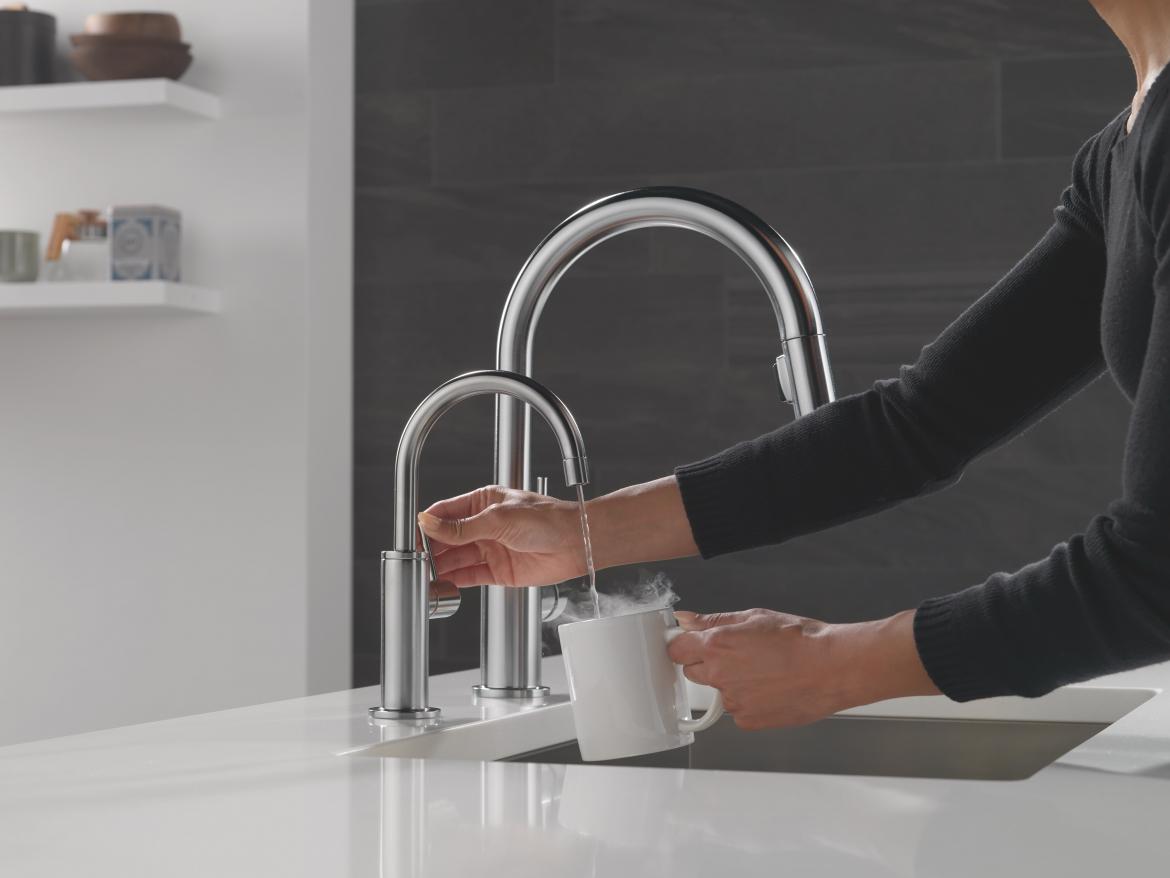 If you are experiencing a lack of water flow in your kitchen sink faucet, there are a few steps you can take to troubleshoot the issue before calling a professional plumber. First, check the aerator for any visible debris or sediment buildup. If the aerator is clogged, it can easily be removed and cleaned with a small brush or replaced with a new one. If the aerator is not the issue, check the cartridge for any signs of damage or wear and tear. If it appears to be the culprit, it may need to be replaced.
Next, inspect the water supply line to ensure there are no leaks or blockages. If the supply line is damaged or blocked, it will need to be replaced. If everything appears to be in working order, the issue may be with the plumbing pipes. In this case, it is best to call a professional plumber to assess and fix the problem.
If you are experiencing a lack of water flow in your kitchen sink faucet, there are a few steps you can take to troubleshoot the issue before calling a professional plumber. First, check the aerator for any visible debris or sediment buildup. If the aerator is clogged, it can easily be removed and cleaned with a small brush or replaced with a new one. If the aerator is not the issue, check the cartridge for any signs of damage or wear and tear. If it appears to be the culprit, it may need to be replaced.
Next, inspect the water supply line to ensure there are no leaks or blockages. If the supply line is damaged or blocked, it will need to be replaced. If everything appears to be in working order, the issue may be with the plumbing pipes. In this case, it is best to call a professional plumber to assess and fix the problem.
Preventing Future Issues
 In order to prevent future issues with your kitchen sink faucet, it is important to perform regular maintenance. This includes cleaning the aerator and replacing the cartridge every few years. It is also important to be mindful of what goes down the drain, as certain items can cause clogs and other plumbing issues. Additionally, have a professional plumber inspect your plumbing system regularly to catch any potential problems before they become major issues.
In conclusion, a
faucet under kitchen sink no water flow
can be a frustrating issue to deal with, but with a little troubleshooting and maintenance, it can be easily resolved. By following these steps and taking preventative measures, you can keep your kitchen sink faucet running smoothly and avoid any future problems. If the issue persists or you are unsure of how to fix it, do not hesitate to call a professional plumber for assistance.
In order to prevent future issues with your kitchen sink faucet, it is important to perform regular maintenance. This includes cleaning the aerator and replacing the cartridge every few years. It is also important to be mindful of what goes down the drain, as certain items can cause clogs and other plumbing issues. Additionally, have a professional plumber inspect your plumbing system regularly to catch any potential problems before they become major issues.
In conclusion, a
faucet under kitchen sink no water flow
can be a frustrating issue to deal with, but with a little troubleshooting and maintenance, it can be easily resolved. By following these steps and taking preventative measures, you can keep your kitchen sink faucet running smoothly and avoid any future problems. If the issue persists or you are unsure of how to fix it, do not hesitate to call a professional plumber for assistance.
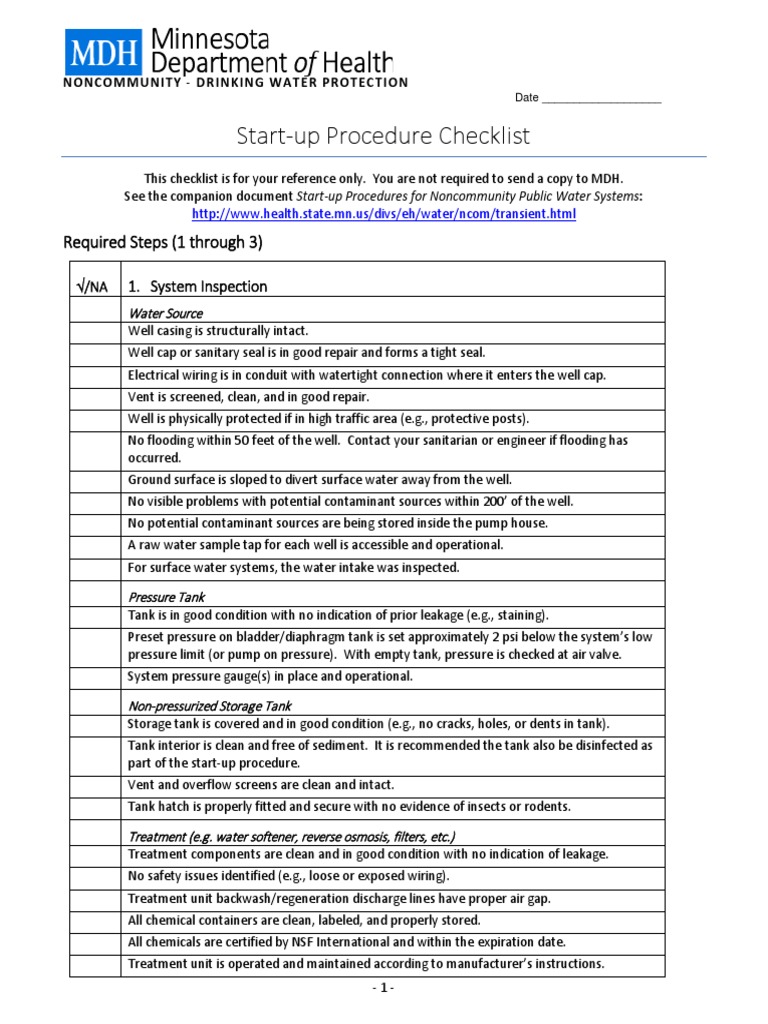


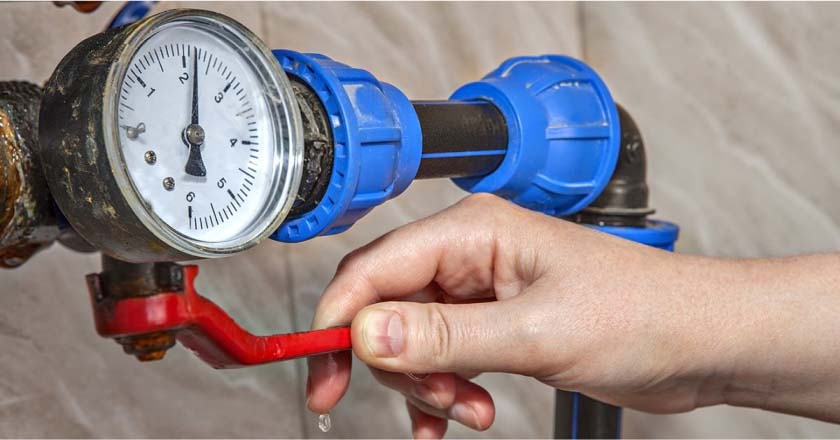
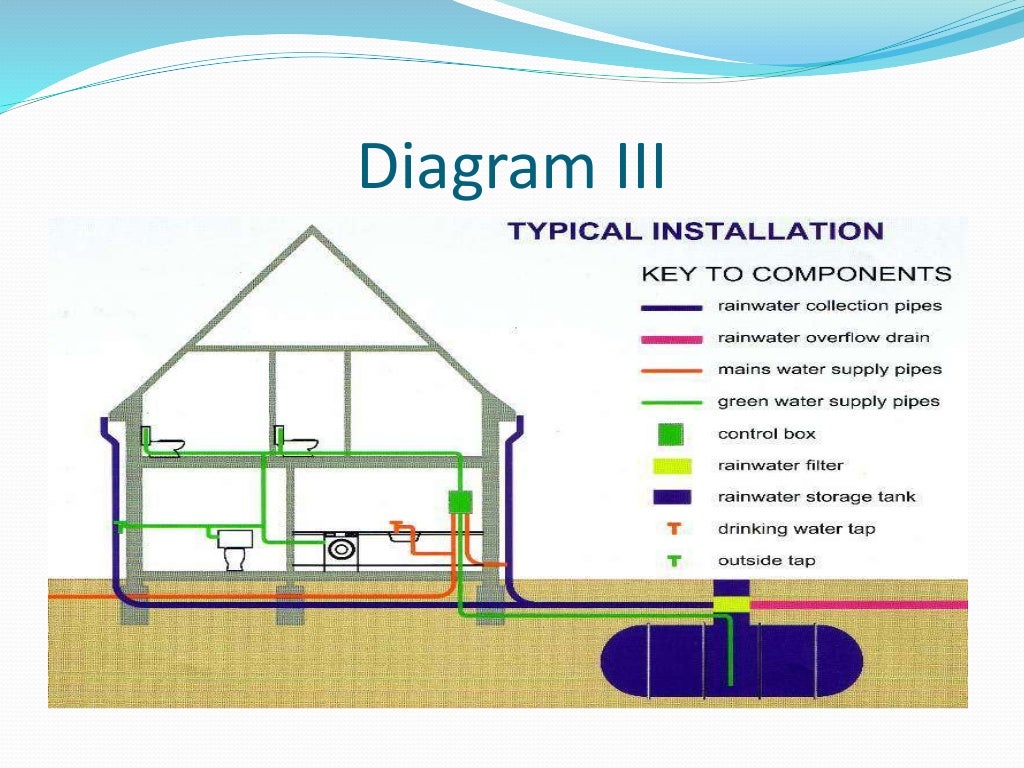


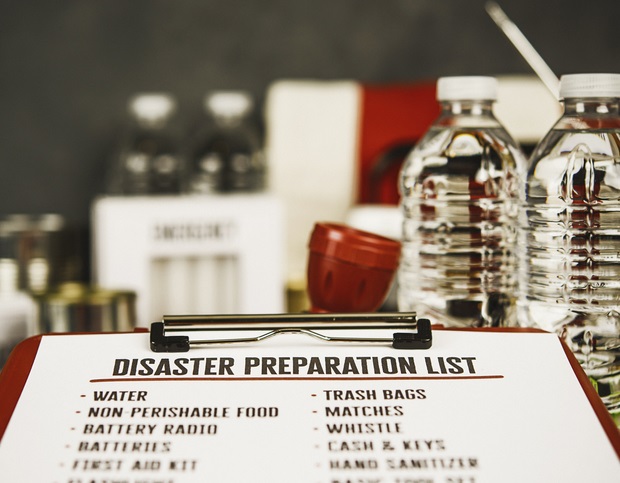


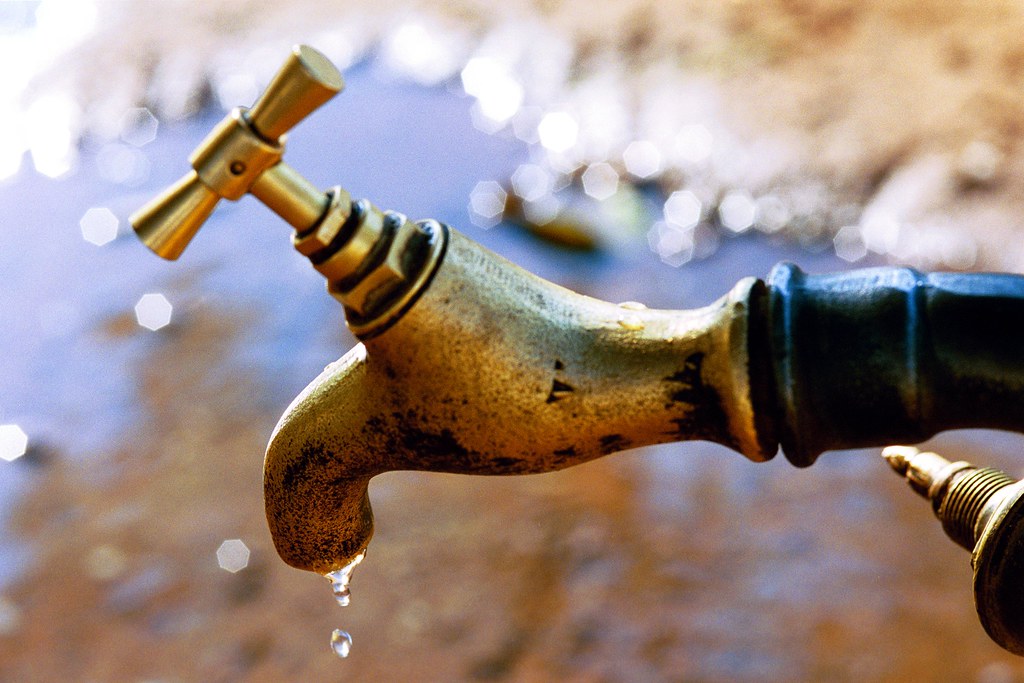
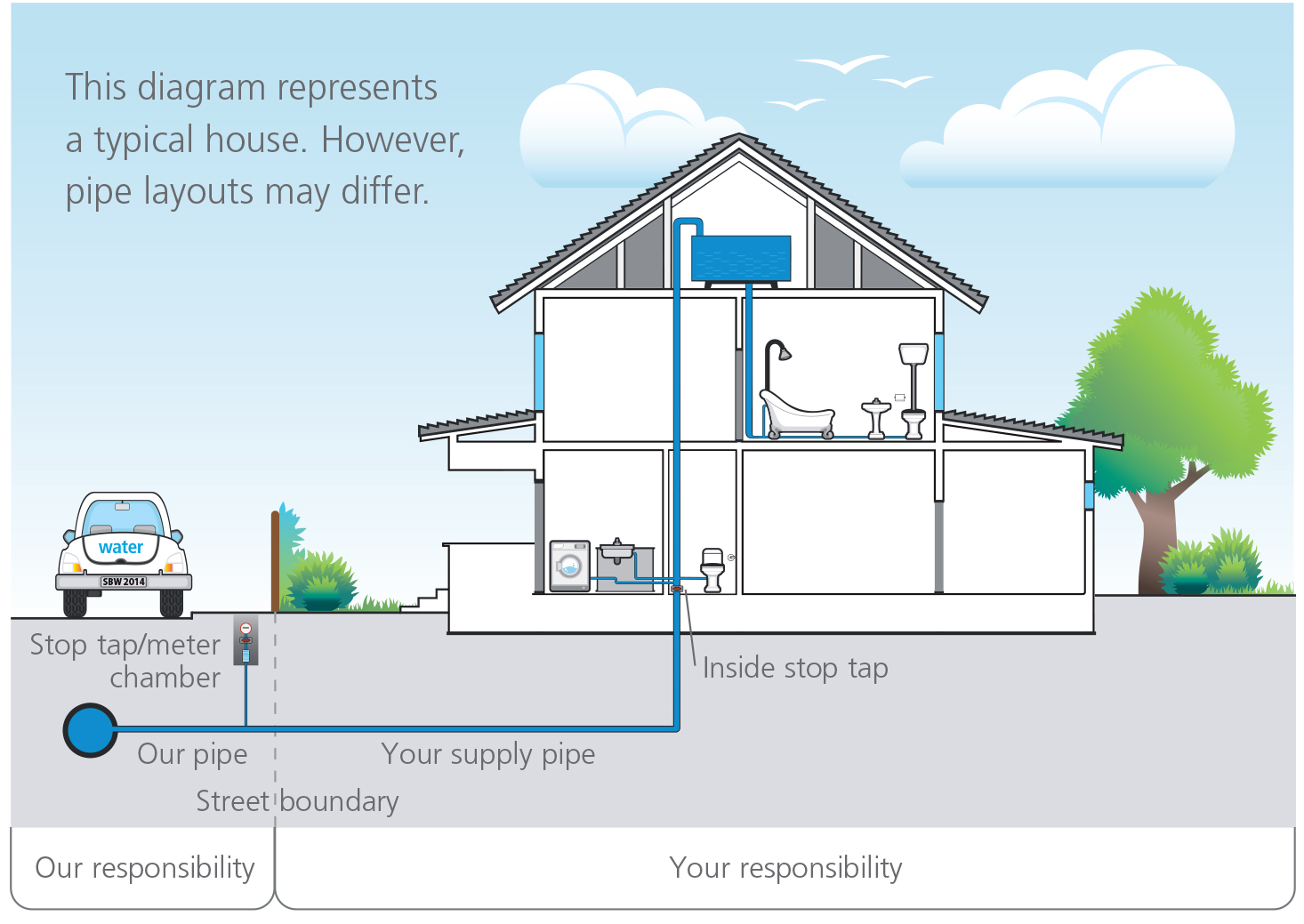
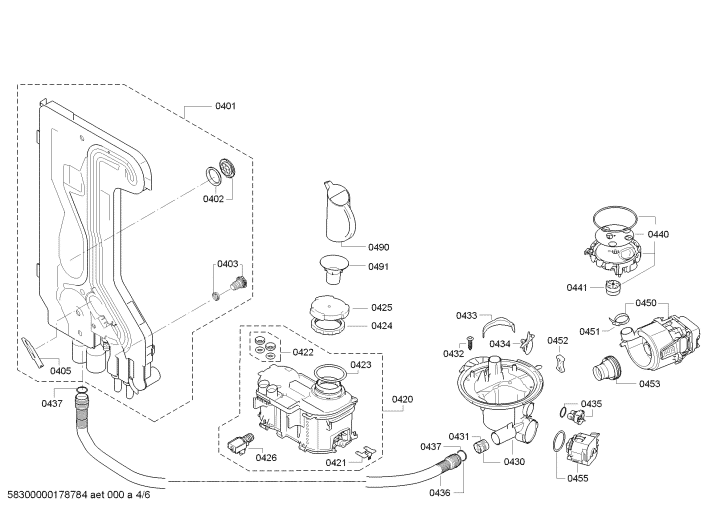
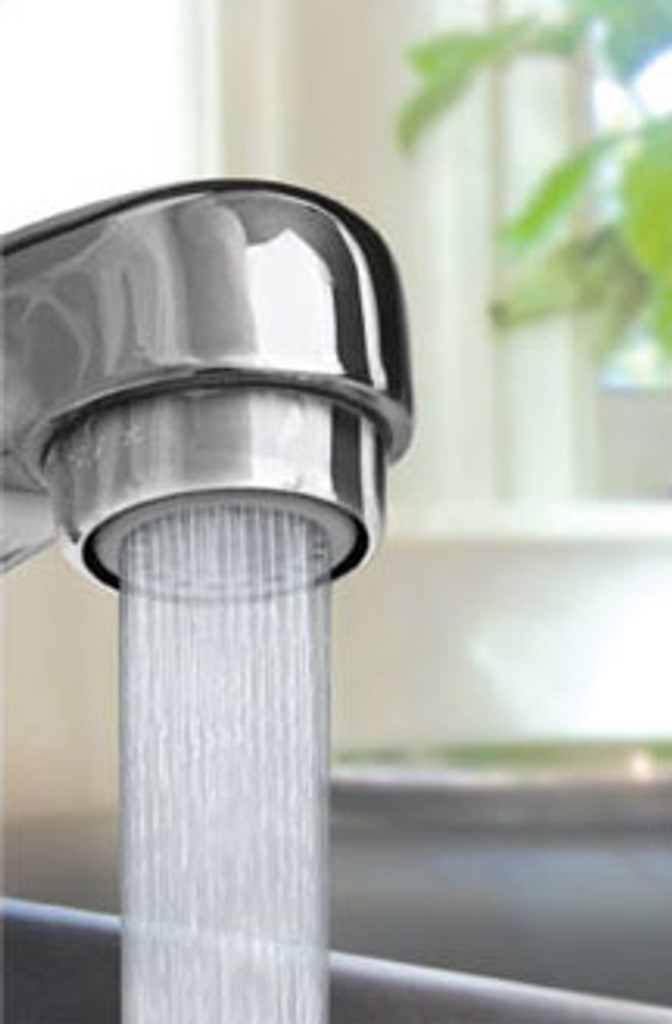
:max_bytes(150000):strip_icc()/ac3-56a73c5a5f9b58b7d0e81836.jpg)
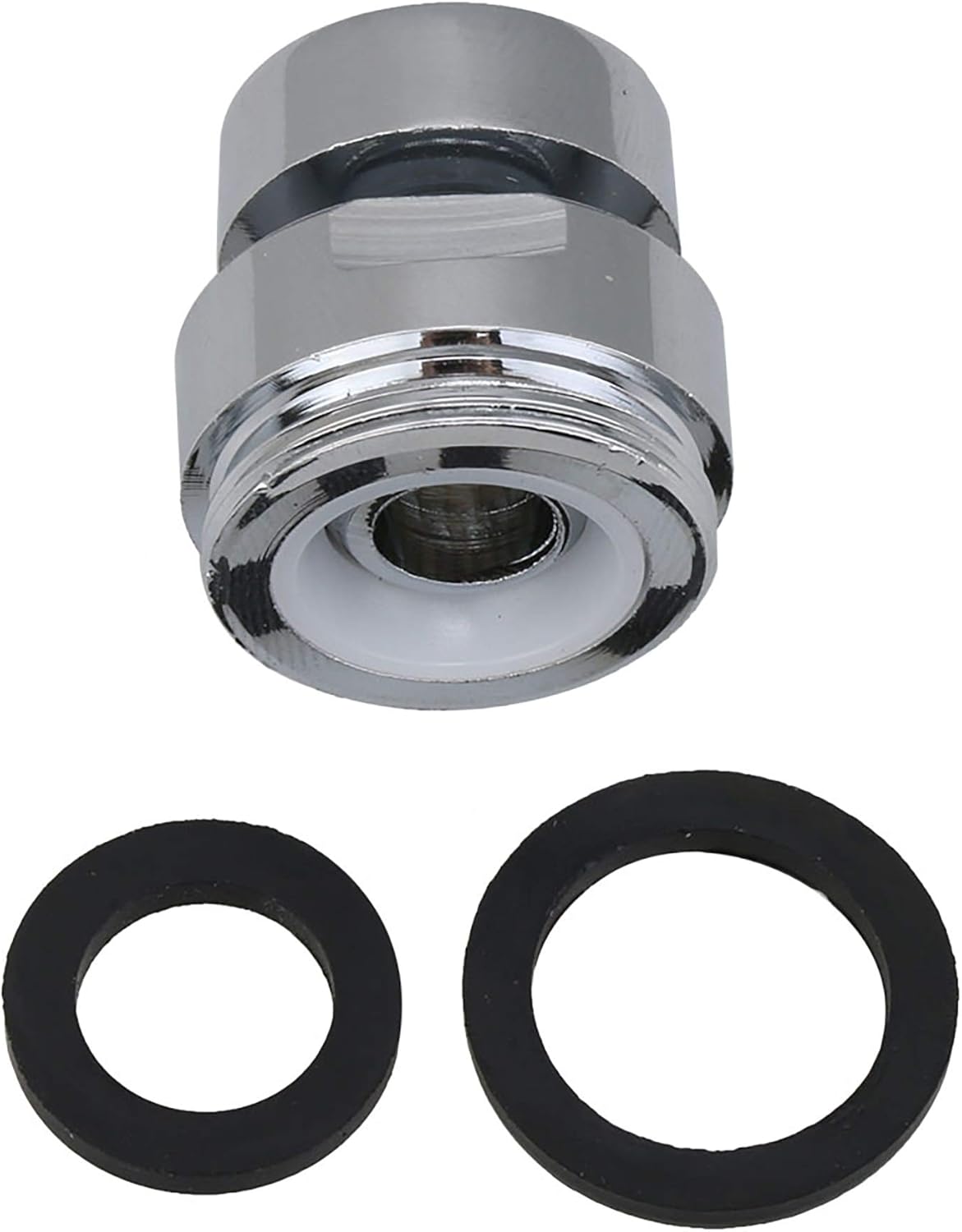
/fixing-a-tap-459986221-5afc675431283400371f7872.jpg)


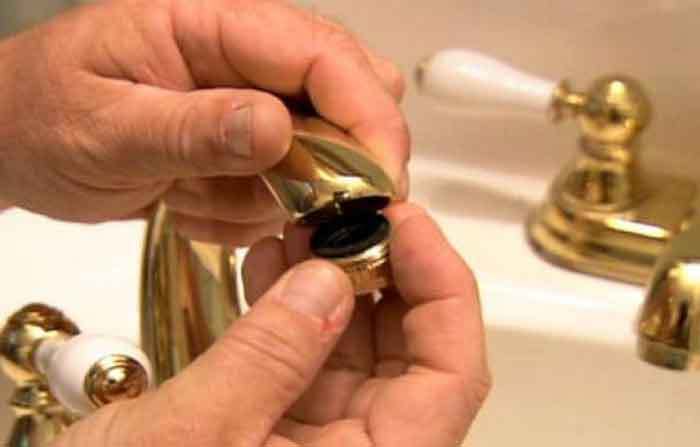
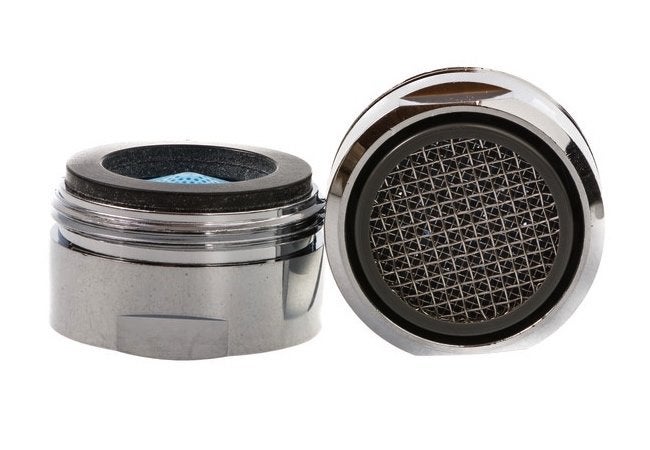
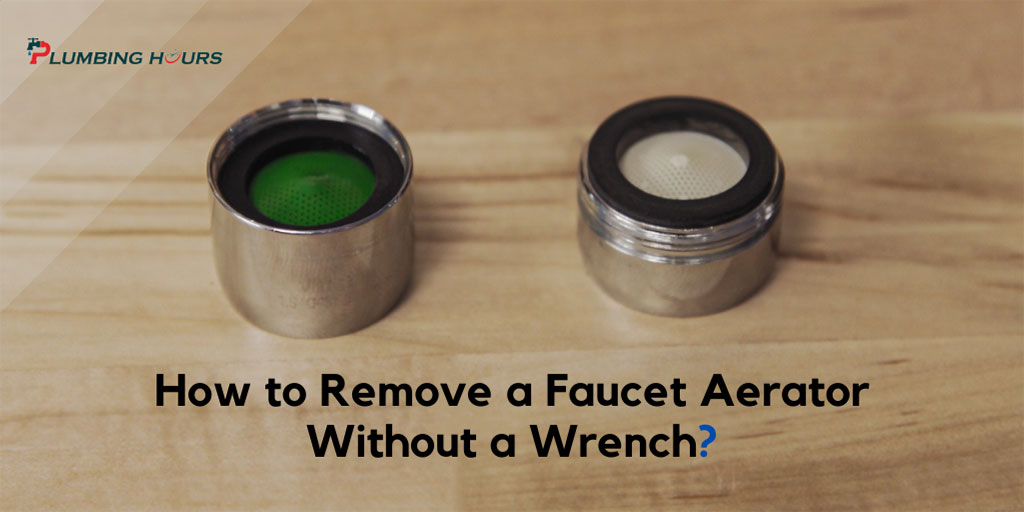

/cleaning-the-aerator-from-deposits--the-girl-hand-washes-a-dirty-limestone-aerator-with-water-1126244919-72868100964f42d5aa564a928371fea5.jpg)

/SinkAerator-87017aa9831f4f89a2f3d304b8465e6c.jpg)

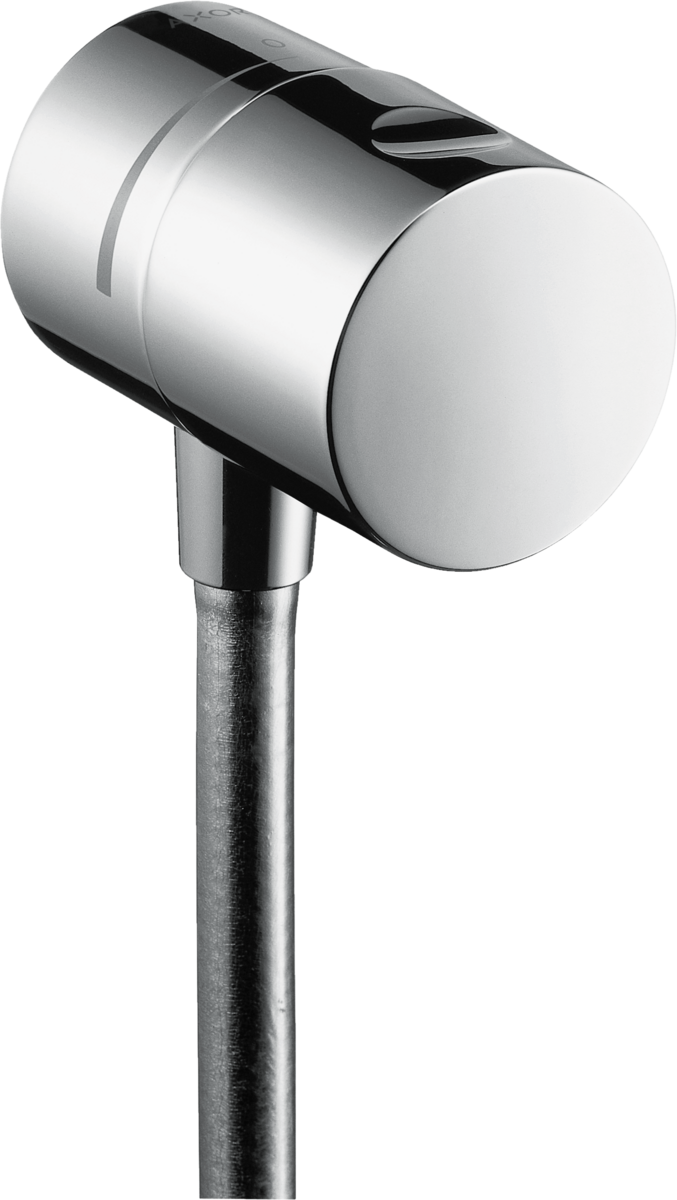


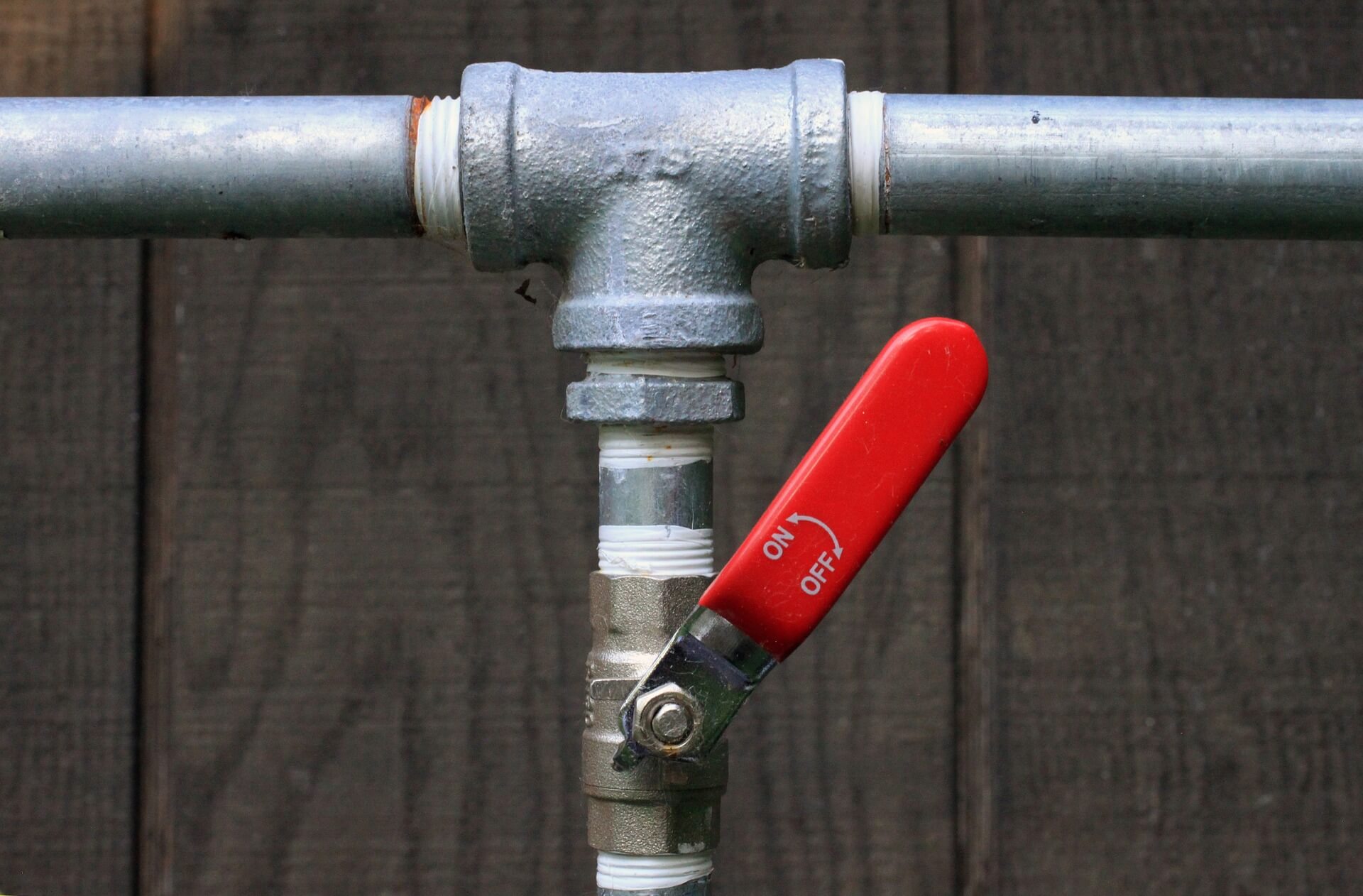

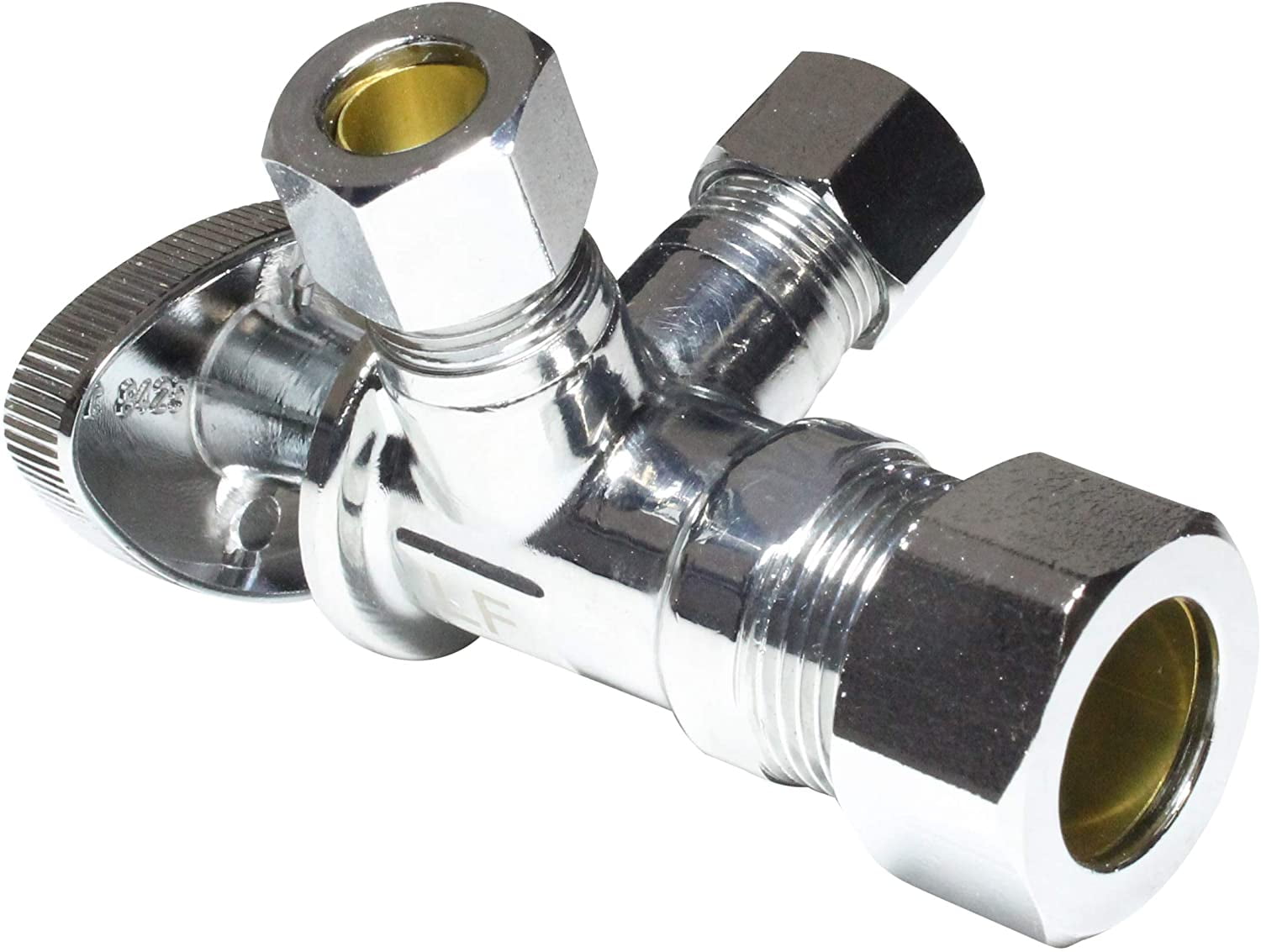




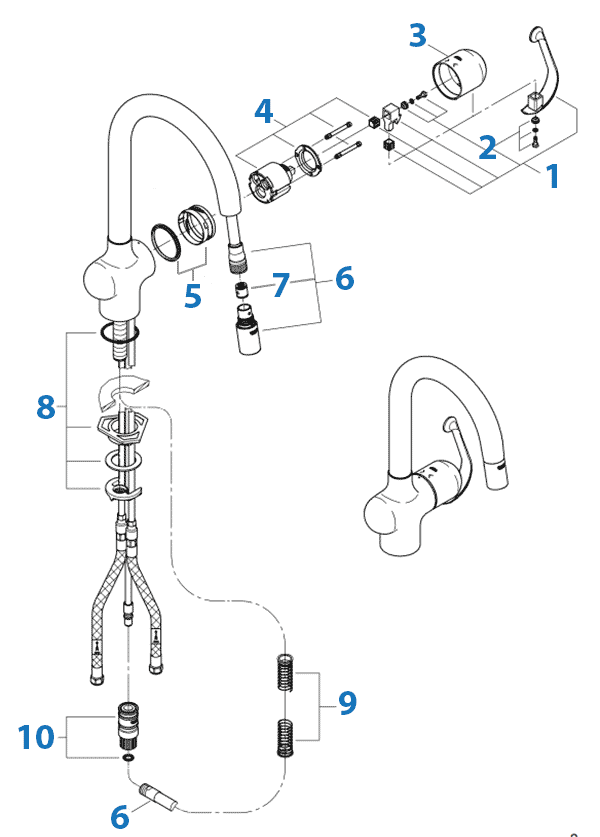










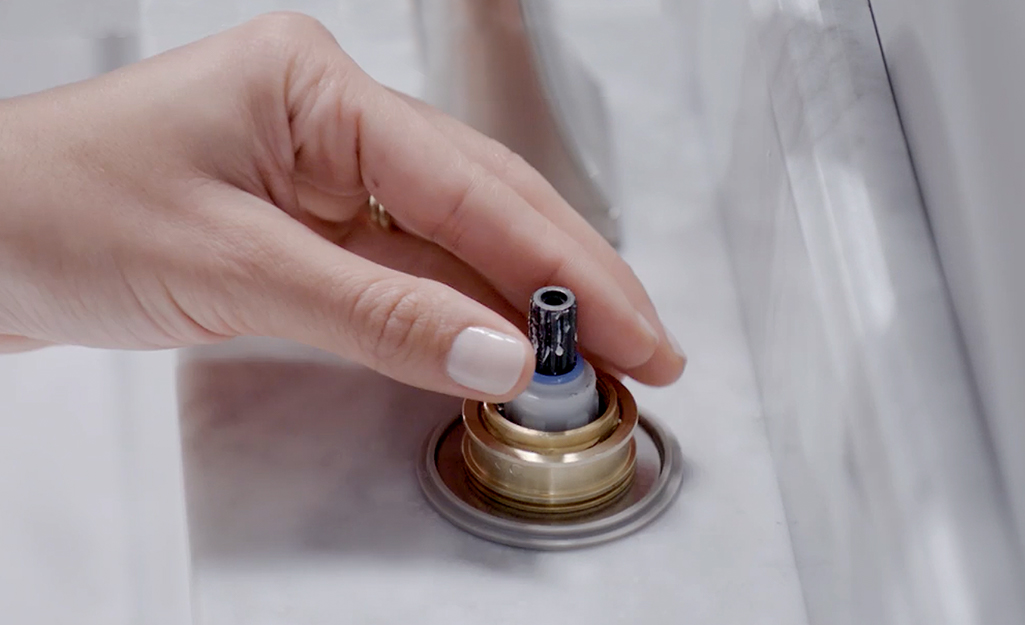
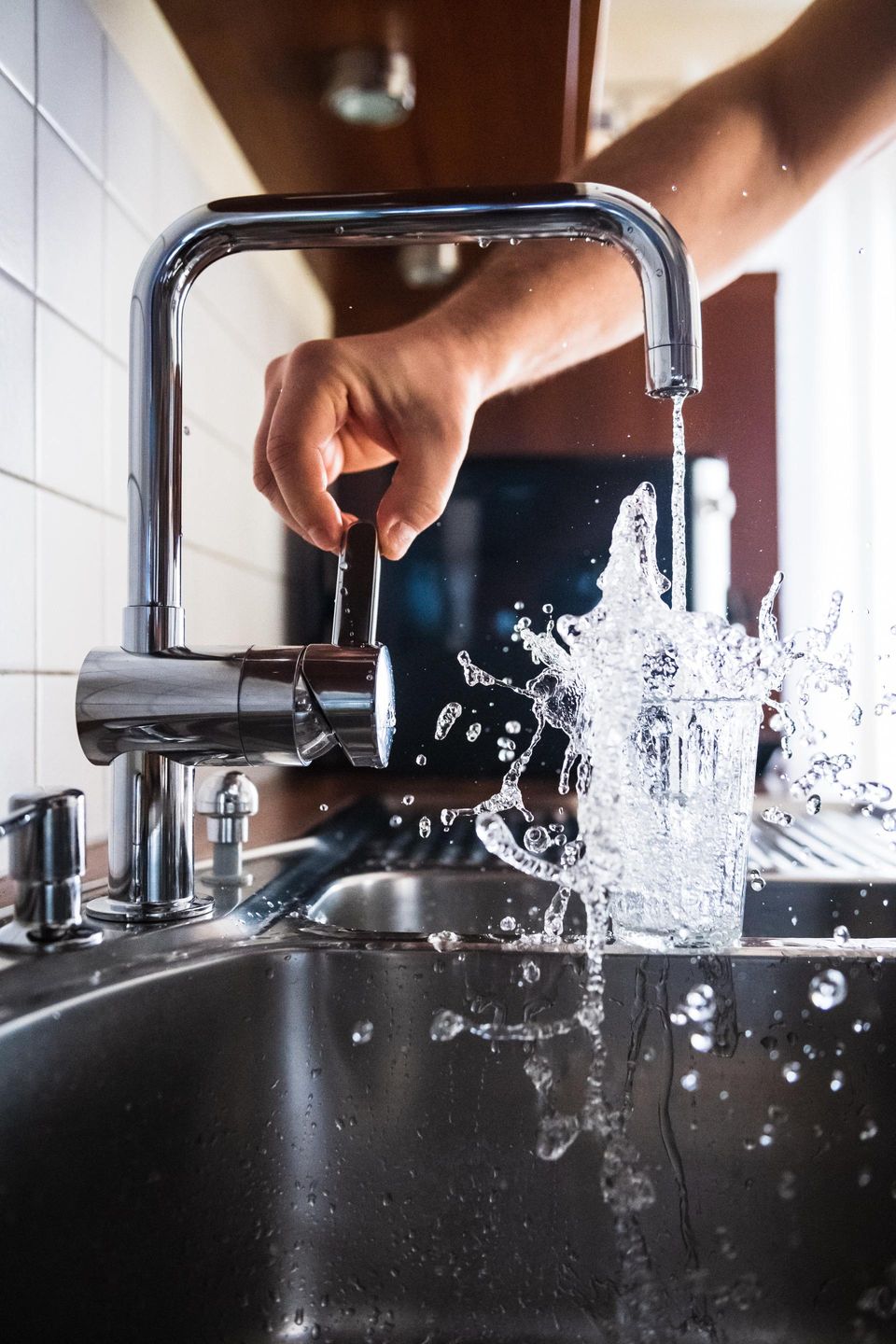
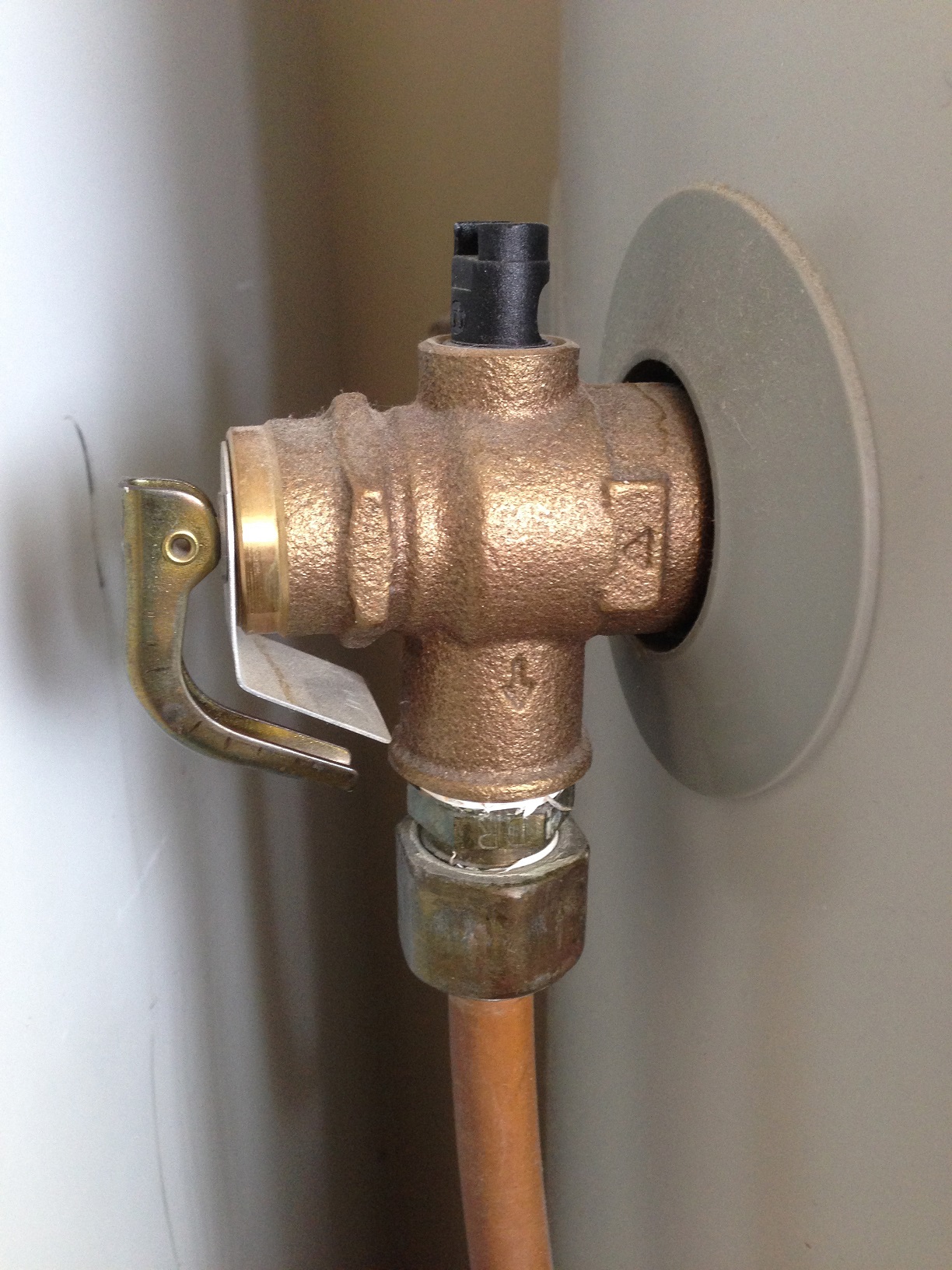

/93097679-56a73c295f9b58b7d0e81657.jpg)
/testing-water-pressure-in-your-home-2718692-hero-98f45508ca5d44b6b551034ac5cedab5.jpg)
:max_bytes(150000):strip_icc()/testing-water-pressure-in-your-home-2718692-04-c37ab3236d0d4b61b87079ebf9ef823e-c1e1ef0104fb44778a287bd9bb5ec140.jpeg)
:max_bytes(150000):strip_icc()/the-men-s-hand-opens-the-ball-valve-on-the-collector-1006810456-5c5fc73fc9e77c000159c4af.jpg)

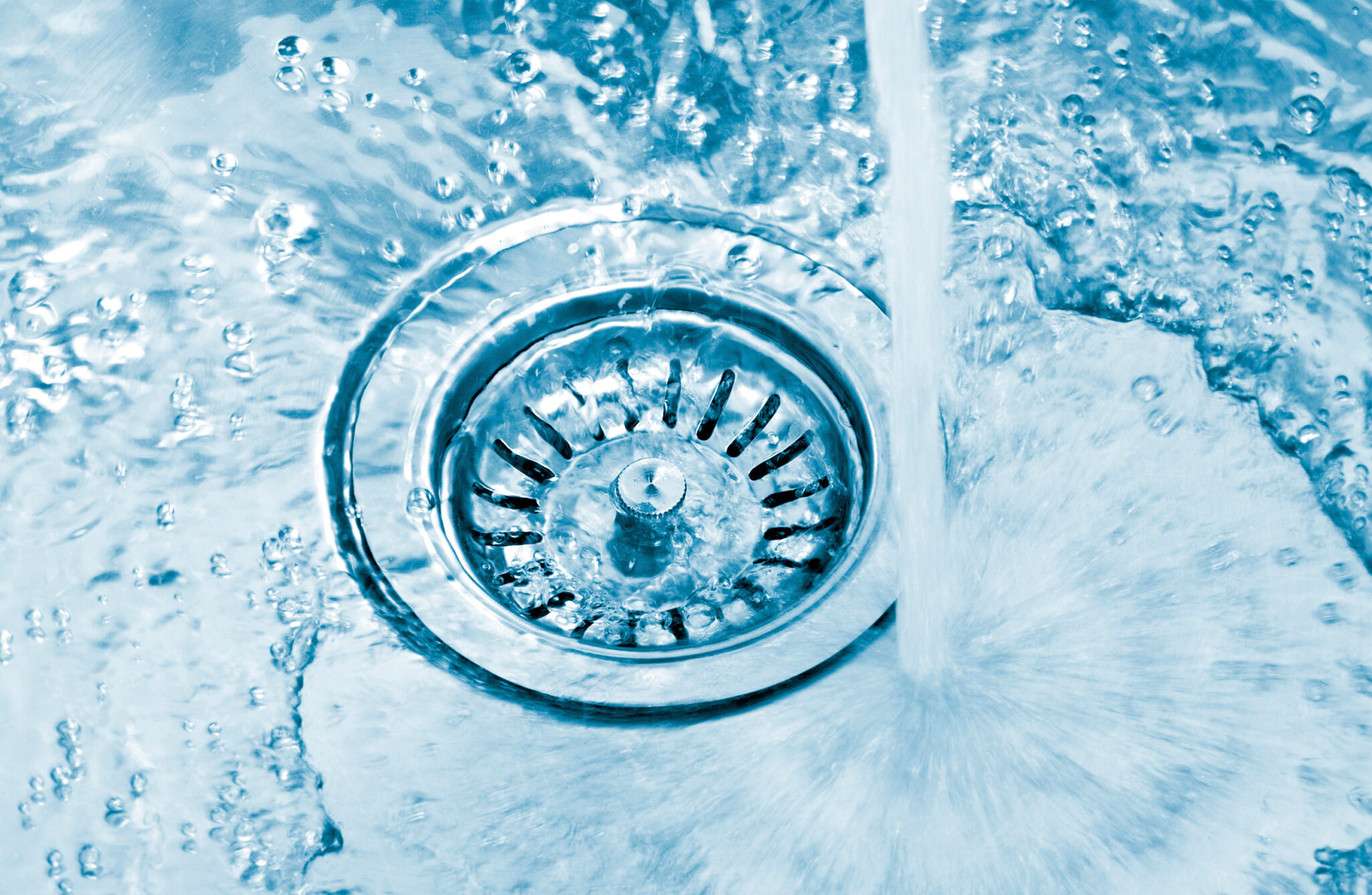

/JodiJacobson-waterpressure-5b9bf850c9e77c0050a2d8aa.jpg)



